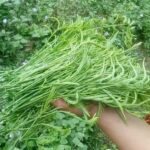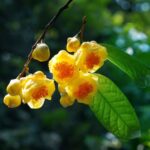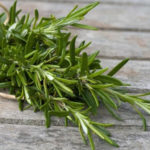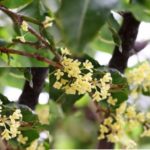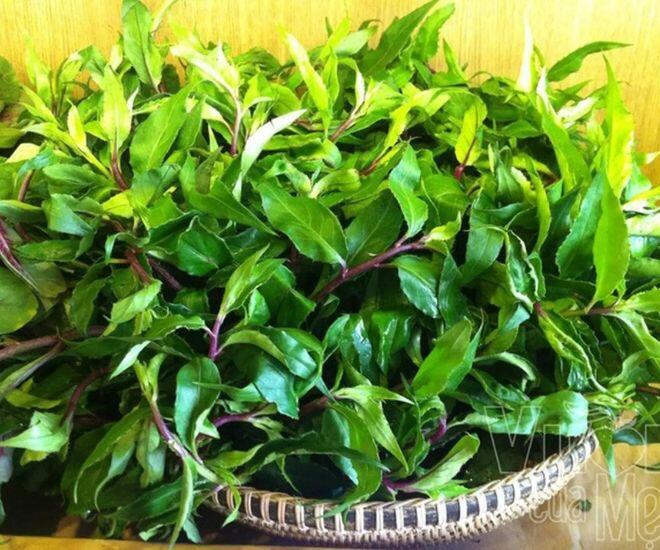
Discover the wonders of Rau Lủi, a unique herb also known as Kim Thất or Rau Lủi Bò. This herbaceous plant, with its creeping or slightly climbing nature, typically grows to a length of 1–3 meters. Its succulent, purple-brown stem is richly branched, while its leaves are alternately arranged, lance-shaped, and measure 4–12 cm in length and 2–4 cm in width. The leaves, thick and smooth with a distinct aroma reminiscent of traditional herbal medicine, are a standout feature.
The plant’s flowers cluster at the top, producing triangular fruits crowned with a white tuft of hair. This distinctive morphology allows Rau Lủi to thrive in diverse terrains, from red-yellow ferralitic soils and rocky slopes to humid forests and cultivated fields. While it prefers sunlight, it also flourishes in lightly shaded areas.
Rau Lủi is predominantly found in the Central Highlands and Central regions of Vietnam, particularly in Quảng Nam and Gia Lai provinces. In Nam Trà My district (Quảng Nam), it grows wild on hillsides and is harvested by locals for daily meals. Once a rare treat brought down from the mountains, this herb has now become a common sight in households and restaurant menus across the country.
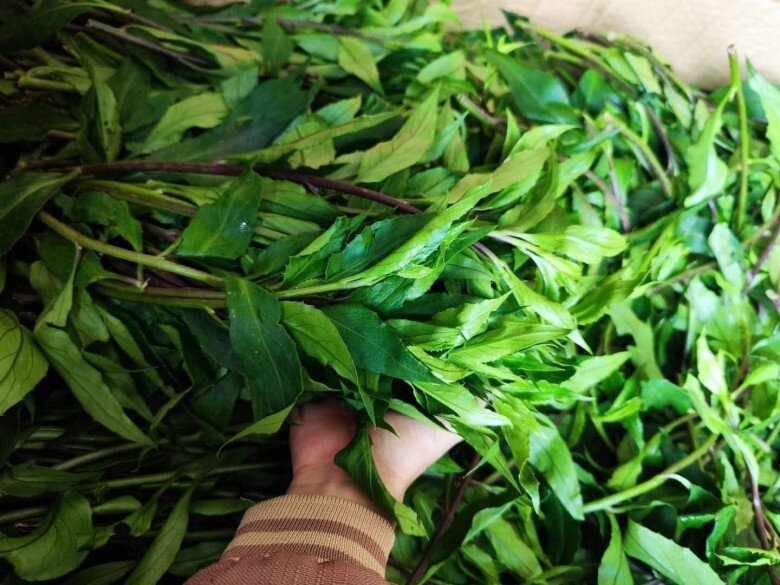
Unlike other wild greens, Rau Lủi boasts a unique flavor profile. It offers a sweet, crisp, and refreshing taste with a clean aftertaste, leaving a pleasant sensation. Even when fully cooked, it retains its crunch, making it a favorite ingredient in various dishes, from home-cooked meals to gourmet feasts. Here are some popular ways to enjoy Rau Lủi:
– Boiled: Retains its natural crunch and sweetness, best paired with crab paste, a specialty condiment made from freshwater crabs, boasting a golden-brown hue and a savory flavor.
– Stir-fried with garlic: A common preparation that enhances the herb’s aroma and the richness of the seasoning.
– Soup with shrimp or seasoning: A simple yet refreshing and nutritious dish, beloved by many families.
– Salad: Briefly blanched and mixed with seasonings, creating a fresh salad ideal for hot summer days.
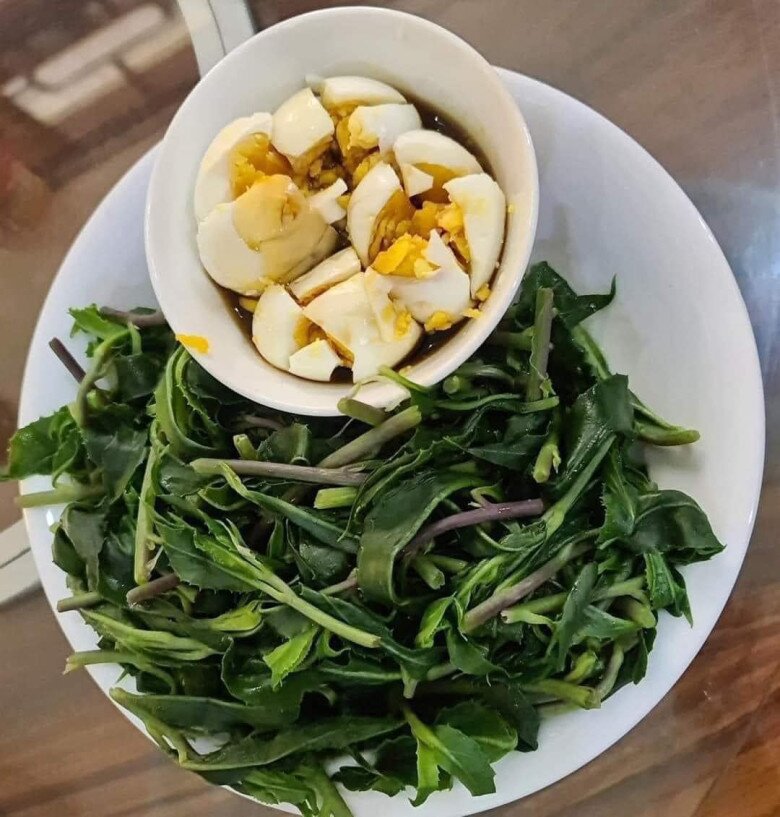
According to locals, the best way to enjoy Rau Lủi is by boiling or stir-frying it simply, preserving its natural forest-gifted flavor. The entire plant is edible, from the stem and leaves to the tender shoots. Locals often harvest young shoots for soups or stir-fries. When used medicinally, both fresh and dried plants can be brewed into tea. While Rau Lủi grows wild and requires minimal care, harvesting it demands skill due to its tangled growth on steep slopes.
Today, Rau Lủi has transcended its origins as a staple for highland communities, becoming a sought-after delicacy in urban areas. Restaurants and eateries in cities now feature it on their menus, offering diners a unique taste of the forest.
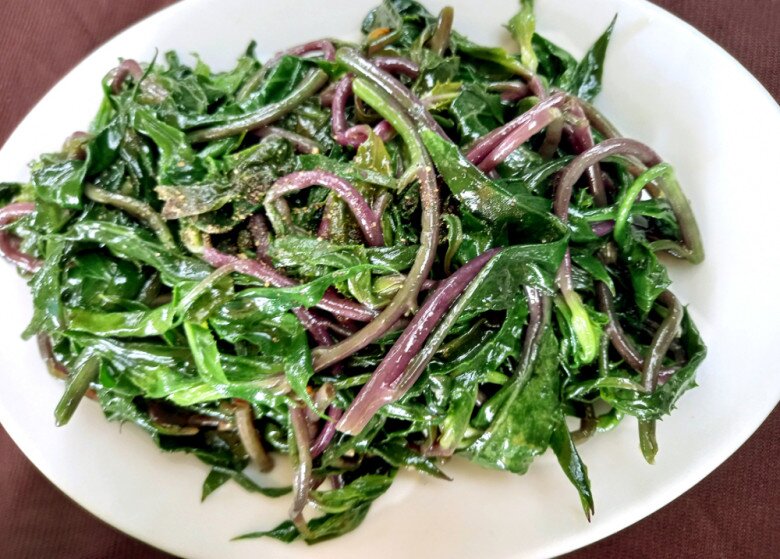
Beyond its culinary appeal, Rau Lủi is valued in traditional medicine for its spicy, sweet taste and neutral properties, offering numerous health benefits:
– Cooling and detoxifying: Helps reduce internal heat and refreshes the body.
– Diuretic and anti-inflammatory: Aids in reducing swelling and inflammation.
– Blood pressure regulation and calming effects: Regular consumption promotes blood circulation and supports restful sleep.
Additionally, Rau Lủi is traditionally used to address various common ailments:
– Diabetes management: Chewing and swallowing 7–8 fresh leaves daily can help regulate blood sugar levels naturally, without side effects.
– Relief from sore throat, dry cough, and bronchitis: Chewing the leaves soothes the throat, reduces coughing, and supports respiratory health.
– Wound healing: Applying fresh leaves directly to wounds helps stop bleeding, reduce pain, and prevent infection.
– Insomnia relief: Incorporating fresh Rau Lủi into daily meals can improve sleep quality.
These benefits highlight Rau Lủi as both a food and a precious herbal remedy from the forest.
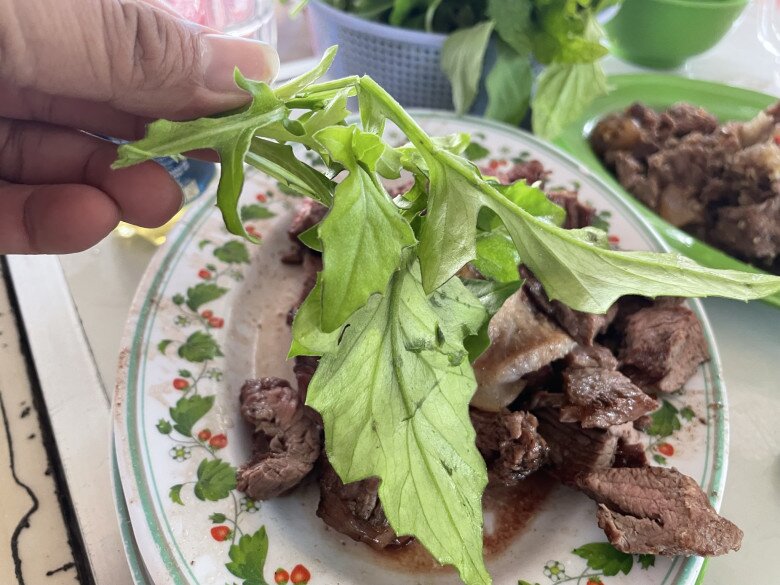
Rau Lủi, a seemingly ordinary wild plant, holds immense nutritional and medicinal value. With its distinctive flavor and versatile uses, it has firmly established its place in Vietnamese cuisine. From humble mountain meals to urban feasts, Rau Lủi not only delights the palate but also nurtures health, truly a precious gift from nature.


























